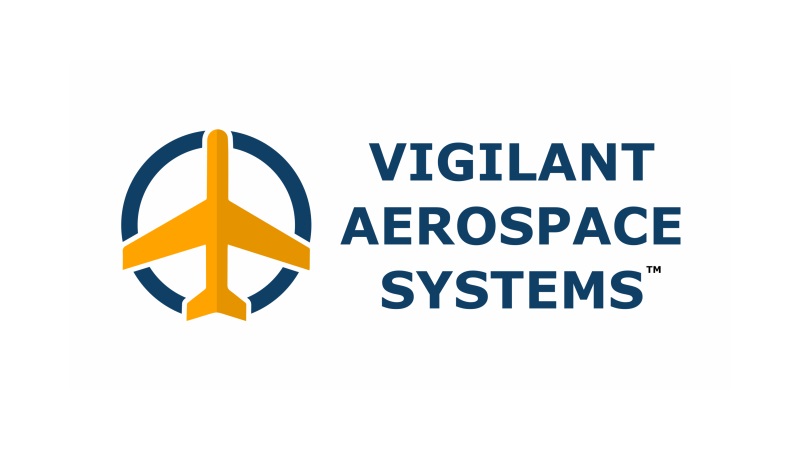
Vigilant Aerospace develops multi-sensor detect-and-avoid and airspace management software for uncrewed aircraft systems (UAS). They work with government customers, including the FAA, DOD, and NASA, to enable safe and scalable autonomous flight.
Value of Vigilant Aerospace’s AUVSI Membership
According to Zach Peterson, Vigilant Aerospace’s director of business development, AUVSI membership presents a chance to engage more deeply with the industry:
“Being part of this dynamic, growing community is an important opportunity for Vigilant Aerospace to network and learn quickly about updates and breakthroughs. AUVSI brings together the major players and innovators from commercial, defense, and government entities to solve for the future.”
Exciting Industry Developments
Peterson believes that multi-sensor detect and avoid systems will transform flight operations:
“The arrival of multi-sensor detect and avoid systems, with multiple data sources displayed in a single panel, is the big step for large-scale autonomous flight operations. This and the increasing power and flexibility of radars provide a level of detection and identification previously unavailable.”
Industry Challenges
Peterson points to three interdependent challenges that must align to enable progress in the uncrewed industry:
“On the technology front, we expect advancements will continue to involve improvements to sensor integrations and computing power, including AI, into autonomous aviation. Also, more efficient aircraft propulsion and designs will begin to overcome some of the economic barriers to implementation. The US manufacturing of drones at a competitive price is a major barrier right now, while legal pressure is building to limit the use of Chinese-made drones due to security concerns.
On the regulatory front, the expected publication of a new rule to support routine BVLOS flight of drones in low-risk areas is expected in the US. This should mean a smoother, more standardized path for advanced commercial use of drones in 12 to 18 months when the rule is finalized. Following those changes, we expect to see a path for certification and authorization of larger drones as well, although this will take years.
For commercialization, we’re seeing the creation of major public-private partnerships to build crucial infrastructure for this next generation of aviation. Our local Skyway36 droneport, just outside Tulsa, is a great example of this, creating an innovation park for autonomous flight while supporting testing and research and providing maintenance and administration services. We are seeing similar initiatives in North Dakota and elsewhere as local investment is beginning to bear fruit.”
Vigilant Aerospace’s Role in the Industry’s Future
Peterson says that Vigilant Aerospace is preparing for a future in which autonomous flight can seamlessly integrate into everyday operations:
“We’re providing a multi-sensor detect and avoid airspace management system with universal applicability for a wide range of autonomous and general aviation needs across defense, commercial, and public requirements.
We’re involved in a number of large-scale testing projects with NASA, NOAA, FAA ASSURE, and OAIRE/OCAST here in Oklahoma. These are critical to solving many of the major hurdles remaining for autonomous flight to scale safely into the national airspace.”
https://www.auvsi.org/members/auvsi-member-spotlight-vigilant-aerospace

